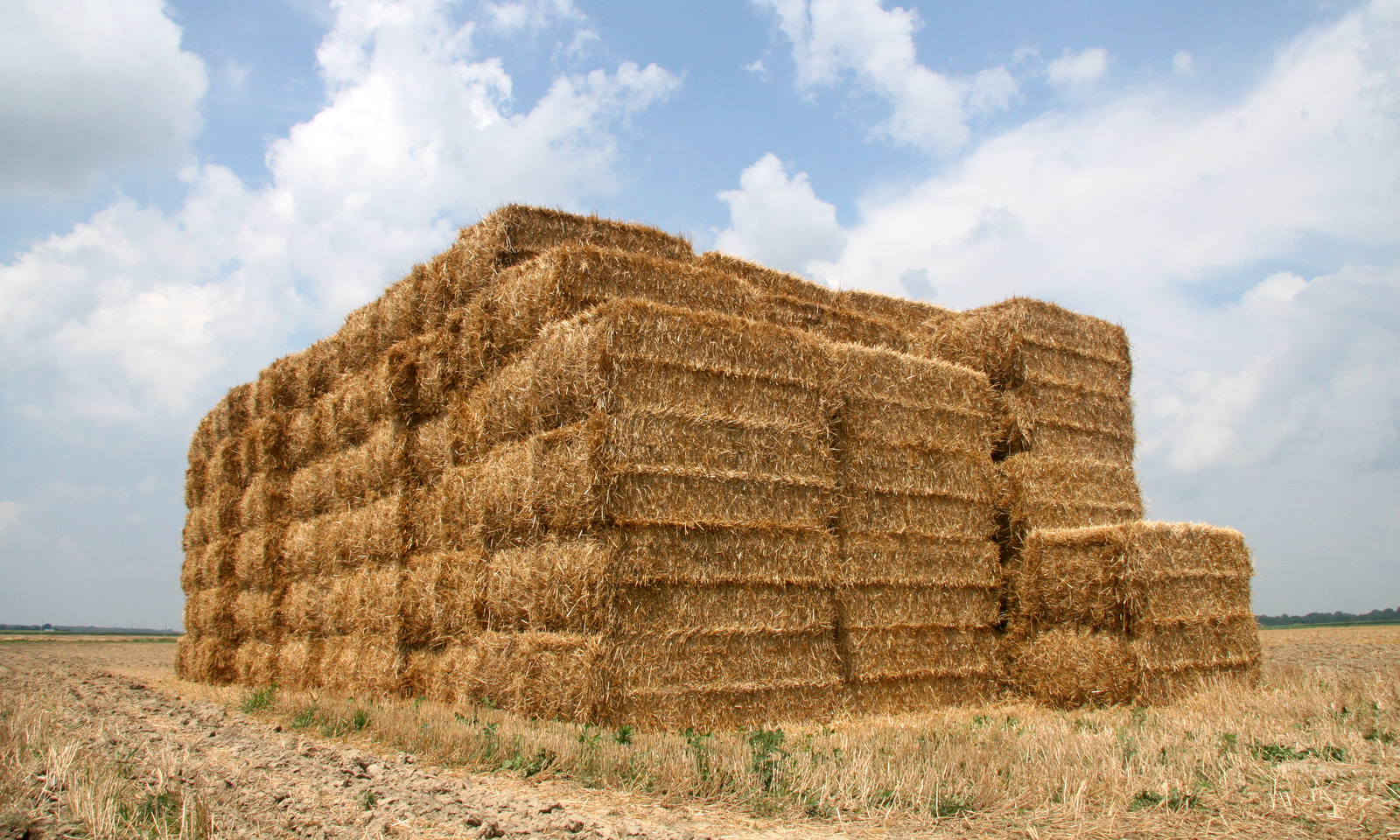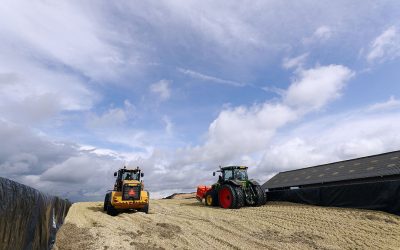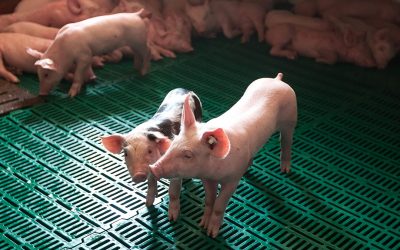Steps to follow when sampling hay for nutrient analysis

What is the most important step in sampling hay for nutrient analysis? Choosing representative bales and stacks, says Allan Vyhnalek, an Extension educator with University of Nebraska-Lincoln, based in Platte County.
“Ideally, each sample should include only bales that were produced under nearly identical conditions,” he says.
As a starting point, Vyhnalek advises separating alfalfa, cane, meadow and other types of hay produced under similar conditions. Next, separate those groups according to when they were cut.
Then separate again if the cuttings were taken from different fields or hay meadows, especially if cuttings were more than two days apart. If part of a field was rained on before baling, it should also be set apart.
Once hay is divided, gather 12-20 cores from bales or stacks within each group and combine them into single samples. Send samples to a certified lab for tests of protein and energy content and any other nutrients of interest. “Be sure to use a good hay probe that can core into at least one foot of the bale.”
Read more on Hay & Forage Grower
 Beheer
Beheer









 WP Admin
WP Admin  Bewerk bericht
Bewerk bericht